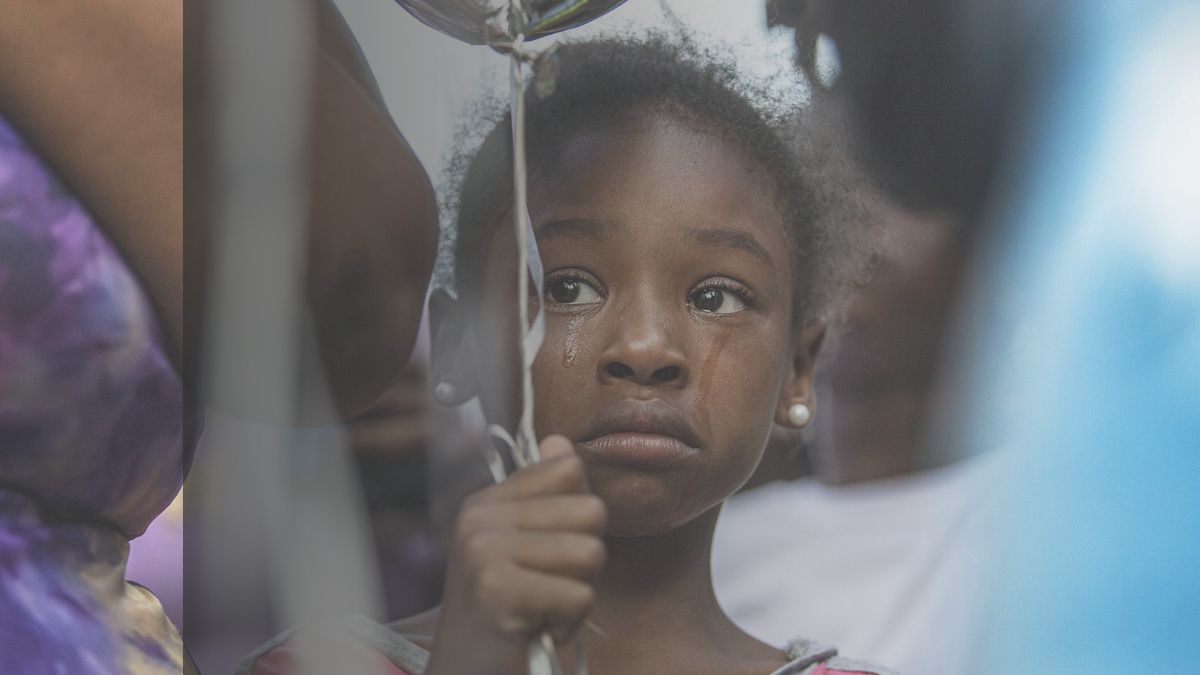Recent Shootings have become a disturbingly common occurrence in today’s society, with tragic incidents taking place in various locations around the world. From schools and workplaces to public spaces and even places of worship, the rise of shootings has caused immense fear and devastation. In this article, we will analyze recent shootings and seek to understand the underlying causes and potential solutions to this alarming trend.
In the past few years, there have been numerous high-profile shootings that have shocked the world. These incidents have resulted in loss of innocent lives, leaving families shattered and communities in grief. Mass shootings, where multiple people are injured or killed, have become particularly prevalent, often resulting in debates about gun control laws, mental health, and societal factors.
One of the key factors contributing to the rise of shootings is easy access to firearms. In many countries, obtaining guns can be relatively straightforward, with loopholes in gun control laws and lax regulations making it easy for individuals with malicious intent to acquire firearms. In some cases, individuals with a history of violence or mental illness have been able to purchase guns, leading to tragic consequences. The availability of high-capacity firearms that can inflict mass casualties in a short period of time has further exacerbated the issue.
Another factor contributing to the rise of recent shootings is the issue of mental health. Mental illness is a complex and multifaceted issue, and not all individuals with mental health conditions are prone to violence. However, untreated mental illness can increase the risk of violent behavior in some cases. A lack of access to mental health care, stigma surrounding mental illness, and inadequate support systems can all contribute to individuals with mental health challenges not receiving the help they need, which can sometimes lead to tragic outcomes.
Societal factors also play a role in the rise of shootings. Social isolation, alienation, discrimination, and inequality can contribute to a sense of frustration, anger, and hopelessness in some individuals. Additionally, the glorification of violence in the media and online platforms can desensitize individuals to the consequences of their actions and perpetuate a culture of violence. Social media can also amplify extremist ideologies, leading to radicalization and acts of violence.
Addressing the issue of shootings requires a multi-faceted approach. One key aspect is strengthening gun control laws and closing loopholes that allow easy access to firearms. Implementing thorough background checks, waiting periods, and restrictions on high-capacity firearms can help prevent individuals with malicious intent from acquiring deadly weapons. Investing in mental health care, improving access to mental health services, and reducing the stigma surrounding mental illness can also play a significant role in identifying and addressing potential risks early on.
In addition, addressing societal factors such as social isolation, discrimination, and inequality can help reduce the sense of frustration and hopelessness that can contribute to acts of violence. Promoting inclusivity, tolerance, and respect for diversity can foster a sense of belonging and connectedness, which can help prevent individuals from turning to violence as an outlet for their grievances. Moreover, media and online platforms must take responsibility in not glorifying violence and promoting extremist ideologies.
Understanding the Rise of Shootings: An Analysis of Recent Incidents
I. Introduction
- Overview of the alarming trend of shootings in recent years
- Impact of mass shootings on communities and families
II. Factors Contributing to the Rise of Shootings
- Easy access to firearms and loopholes in gun control laws
- Issues with mental health care and untreated mental illness
- Societal factors such as social isolation, discrimination, and inequality
- Glorification of violence in media and online platforms
III. Addressing Gun Control Laws
- Strengthening gun control laws and closing loopholes
- Implementing thorough background checks, waiting periods, and restrictions on high-capacity firearms
- The role of policymakers in enacting effective gun control measures
IV. Improving Mental Health Care
- Investing in mental health care and improving access to services
- Reducing stigma surrounding mental illness and promoting early intervention
- Identifying and addressing potential risks in individuals with mental health challenges
V. Addressing Societal Factors
- Promoting inclusivity, tolerance, and respect for diversity
- Addressing social isolation, discrimination, and inequality
- Fostering a sense of belonging and connectedness in communities
VI. Early Intervention and Prevention Strategies
- Implementing threat assessment programs in schools, workplaces, and public spaces
- Encouraging individuals to report concerning behavior and providing avenues for reporting
- Proactive measures to identify and intervene before a shooting occurs
VII. Responsibility of Media and Online Platforms
- Avoiding glorification of violence and extremist ideologies
- Promoting responsible use of media and online platforms
- Encouraging positive and constructive content that promotes peace and understanding
VIII. Conclusion
- The need for a comprehensive approach to address the rise of shootings
- Importance of community involvement, policy changes, and early intervention strategies
- The urgency of taking action to prevent further tragedies.
It’s important to note that addressing the issue of shootings is a complex and multifaceted problem, and there is no one-size-fits-all solution. It requires a comprehensive approach that takes into consideration various factors, including gun control laws, mental health care, societal factors, and early intervention strategies. It is crucial for communities, policymakers, and society at large to work together to find effective solutions and create a safer environment for everyone.
Conclusion
The rise of recent shootings is a complex and multi-faceted issue that requires a comprehensive approach. Addressing gun control laws, mental health care, societal factors, and early intervention strategies are all essential components in mitigating the risk of shootings. It is crucial for communities, policymakers, and society at large to come together to find effective.











